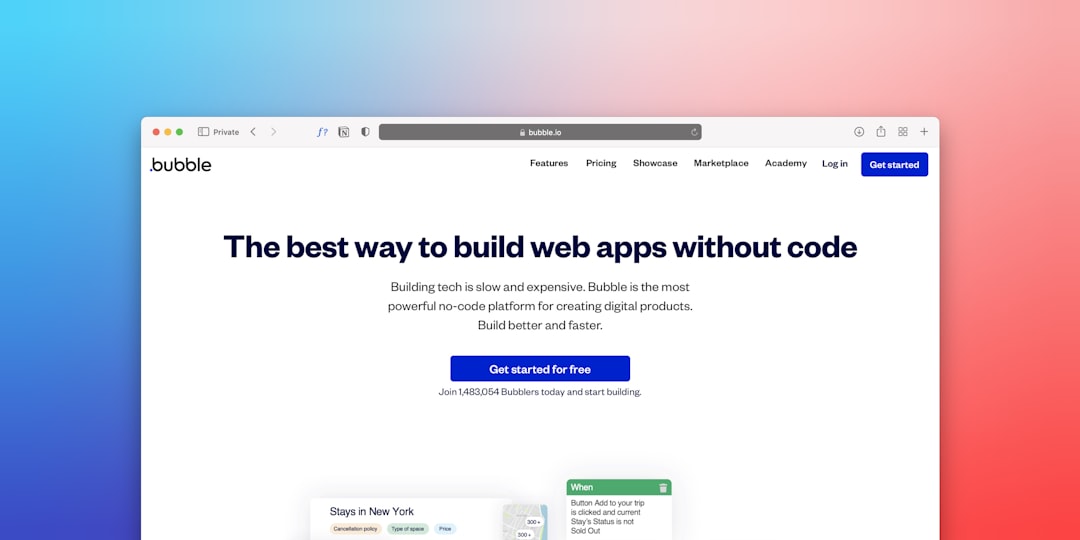Modern web development is evolving rapidly, and developers now have a variety of tools and methodologies at their disposal for optimizing performance and improving user experience. Two compelling strategies for building fast, scalable, and user-friendly interfaces are React Server Components and the Islands architecture. While both techniques aim to improve performance by reducing the burden on client-side JavaScript, they do so in different and distinct ways.
This article provides a detailed comparison between React Server Components and Islands architecture, analyzing their strengths, weaknesses, use cases, and implications for developers building modern web applications.
Understanding the Basics
Table of Contents
What Are React Server Components?
React Server Components (RSCs), introduced by the React team, allow components to be rendered on the server, sending only the rendered HTML and essential data to the client. Unlike traditional server-side rendering (SSR), RSCs never ship the component’s JavaScript to the browser—entirely eliminating the need for hydration on certain portions of a page. This means faster load times and reduced bundle sizes.
What Is the Islands Architecture?
The Islands architecture is a design paradigm that chunks a page into independent, interactive components, or “islands,” that hydrate separately on the client. This approach is often used by frameworks like Astro and Marko. The main idea is to only hydrate the parts of the page that need interactivity—leaving static content untouched by client-side JavaScript.

Key Differences: Server vs. Client Thinking
- Server-centric Approach (React Server Components): RSCs shift more responsibility onto the server, which is ideal for data-heavy applications where server-rendered content can improve initial load performance and reduce client CPU usage.
- Client-centric Composition (Islands): Islands focus on minimal client-side JavaScript by having isolated interactivity only where needed. It follows the philosophy of prioritizing mostly static HTML with sprinkles of JavaScript.
With RSCs, you maintain a unified component model—some render on the server and others on the client—but the seamless integration enables familiar React composition. In contrast, Islands require explicitly marking interactive regions, which can lead to a less cohesive development model, albeit a more optimized runtime experience.
Performance Considerations
Performance is the central motivation behind both architectures, but they tackle it from different angles.
React Server Components
- Reduced bundle size: Since server components do not ship JS to the client, this can significantly reduce the total JavaScript footprint.
- Improved time-to-interactive (TTI): Pages can often become usable faster because fewer components need hydration.
- Backend integration: Easily fetch data on the server and build personalized or dynamic content without exposing the logic to the frontend.
Islands Architecture
- Fine-grained control: Developers decide exactly which parts of the page are interactive, minimizing client-side work.
- Independent hydration: Each island hydrates on demand or when visible, leading to better lazy-loading strategies.
- Static-first performance: Great for content-heavy sites like blogs, where most of the page is static with a few interactive widgets.
Ultimately, the choice depends on the nature of the application. RSCs may be better for apps where server-rendered interactivity is crucial, while Islands are ideal for pages with primarily static content and highly isolated interactive sections.
Developer Experience
Another major axis of comparison is the developer experience—how easy it is to build, maintain, and iterate on code using these architectures.
React Server Components
Since RSCs are part of the React ecosystem, they allow developers to continue using familiar concepts such as components, hooks, and props. Frameworks like Next.js 13+ bring first-class support for RSCs with their App Router model.
- Composable: Developers can place RSCs alongside client components in the same tree.
- Transition support: The React team has built mechanisms (like
'use client') to mark boundaries between client and server components. - Learning curve: While powerful, understanding when to use which type of component can be challenging.
Islands
With Islands, developer experience varies considerably based on the framework used. Astro, for example, provides great tools for working with multiple frontend libraries and selectively hydrating components.
- Separation of concerns: Islands require explicit isolation, which may be beneficial for maintainability but adds overhead.
- Framework flexibility: Developers can use React, Svelte, or Vue in one project, depending on the framework.
- Tooling maturity: Not as mature as React ecosystem, but growing rapidly with community momentum.

Use Cases and Best Fit
The ideal scenarios for React Server Components versus Islands architecture diverge based on content type, interactivity, and project complexity.
Use React Server Components When:
- You’re building data-heavy applications like dashboards or e-commerce platforms.
- You need fine server-side control over data and personalization.
- You want to unify your frontend UX under the React paradigm.
- You’re using Next.js App Router or another framework with RSC support.
Use Islands Architecture When:
- Your site is mostly static, like documentation, marketing, or blogs.
- You want to render most of the content at build time and hydrate only specific parts.
- You need full control over when and how hydration happens.
- You want to mix-and-match frontend libraries or use zero JavaScript for non-interactive content.
Limitations and Trade-offs
Drawbacks of React Server Components:
- Backend dependency: Requires a functioning server runtime with Node.js or edge functions.
- Still experimental: As of 2024, RSCs are evolving, and tooling isn’t universally stable yet.
- Client-server boundary: Incorrectly mixing server and client logic can lead to bugs or suboptimal performance.
Drawbacks of Islands Architecture:
- Manual segmentation: Developers have to determine what constitutes an island, which can be error-prone in complex apps.
- Limited interaction scope: Cross-island state sharing is harder and might lead to fragmented experiences.
- Framework lock-in: Some implementations like Astro impose specific project structures and configurations.
Conclusion
React Server Components and Islands architecture both represent a shift away from monolithic client-side JavaScript toward more performance-conscious and tailored web development. Each offers unique advantages and trade-offs depending on your goals.
If your project leans toward dynamic data, personalized content, and server orchestration, then RSCs might be your best bet. If you are building content-rich, performance-sensitive pages with minimal interactivity, the Islands architecture could provide unmatched efficiency.
Regardless of your choice, both tools signal a broader industry trend: moving toward leaner, faster, and more efficient frontend architectures that respect both user and developer needs.

